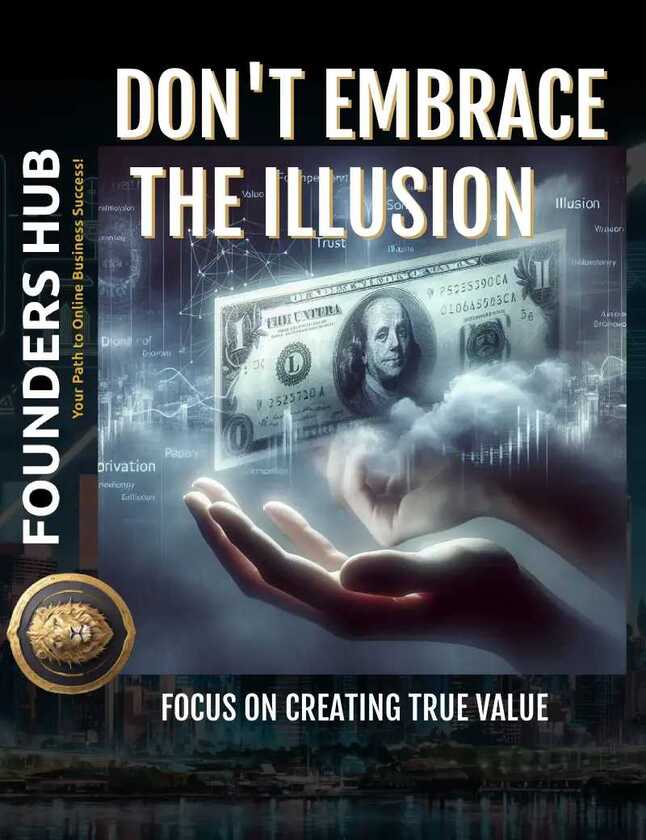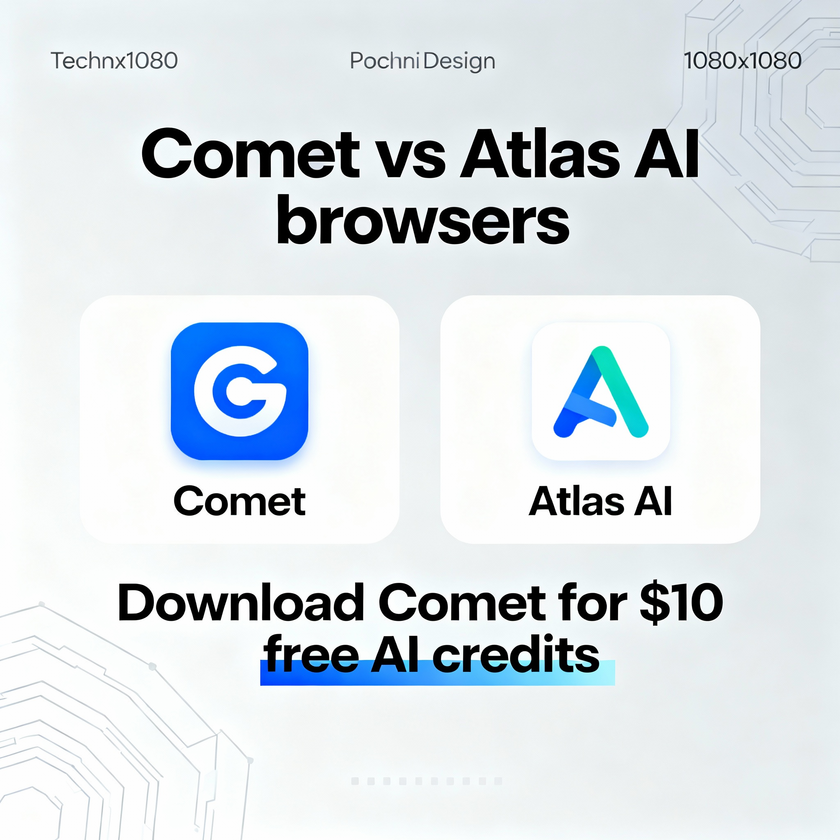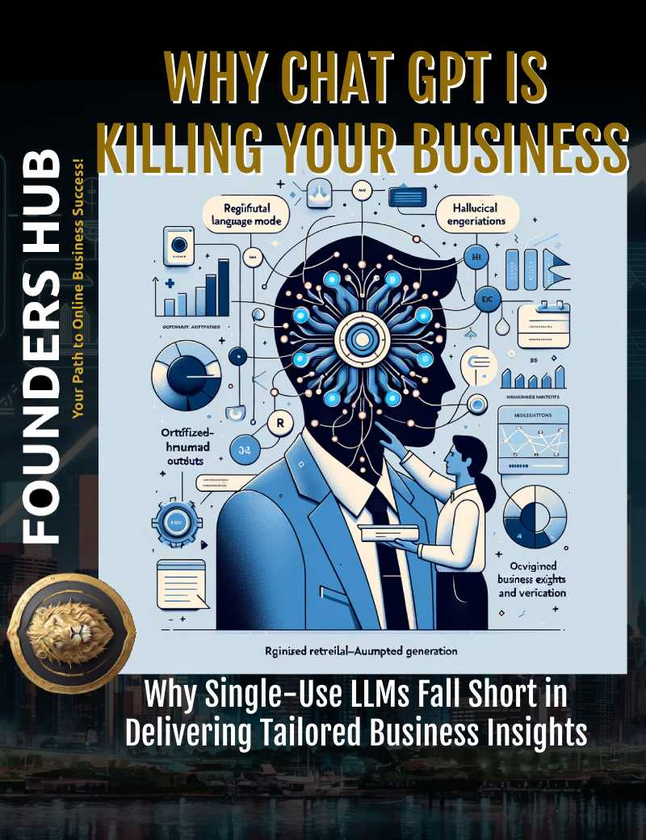In this comprehensive exploration, we will unravel the constructed reality of money, examine the process of coining, and consider the symbolism and representation associated with this ubiquitous medium of exchange.
Money as a Constructed Reality
Definition and Agreement
Money, whether in the form of coins or paper currency, is a social construct. Its value is derived not from the intrinsic worth of the material it is made from, but from a collective agreement within society. Much like a neologism, which gains meaning through communal acceptance and usage, money gains value through a shared belief in its worth.
Fiat Currency
Most modern money is fiat currency, meaning it has no intrinsic value and is not backed by a physical commodity like gold. Its value is entirely dependent on trust and the belief in the issuing authority. This trust is akin to the acceptance of a newly coined term, which exists and holds meaning only as long as it is recognized and used by people.
The Process of Coining
Literal Coining of Money
The act of minting coins or printing money is a process of creation. The value ascribed to these coins or bills is arbitrary and rooted in a collective illusion. The physical coin itself is merely a piece of metal until society endows it with value.
Coining of Neologisms
Similarly, the creation of a new word (a neologism) is an act of assigning meaning to a set of sounds or letters. The word's validity and utility depend on communal acceptance and use, like bitcoin. Without this communal recognition, the neologism remains meaningless.
Symbolism and Representation
Money as a Symbol
Money functions as a symbol, representing value, wealth, and exchange potential. It is a representation of trust and economic stability, not a tangible embodiment of wealth. This symbolic nature aligns with the essence of neologisms, which are symbols for new ideas or objects.
Illusion of Value
Just as the meaning of a neologism can shift or disappear over time, the value of money can fluctuate based on economic conditions and societal trust. The illusion is maintained through continued belief and usage.
Philosophical Perspectives
David Hume's View
David Hume, a prominent philosopher, argued that money is merely a tool for facilitating trade and has no intrinsic value. He emphasized that the true wealth of a society lies in its goods and services, not in its currency.
Modern Monetary Theory (MMT): Unveiling the Illusion of Money's Value
Modern Monetary Theory (MMT) offers a radical rethinking of the nature and role of money in contemporary economies. According to MMT, money is fundamentally a creation of the state, and its value is upheld through the state's power to tax and mandate its use. This perspective reveals the illusory nature of money's value, which is grounded in legal and social constructs rather than physical reality.
Core Tenets of MMT:
State as the Sovereign Issuer of Currency:
- Monopoly on Money Creation: The government, particularly in countries with sovereign currencies like the United States, the United Kingdom, and Japan, has the exclusive authority to issue money. This means that the state can create as much currency as it needs to fulfill its obligations and stimulate the economy.
- Not Constrained by Revenue: Unlike households or businesses, a sovereign government does not need to rely on revenue from taxes or borrowing to spend. It can create money to fund public services, infrastructure projects, and other initiatives.
Taxation and Legal Tender:
- Taxes Drive Demand for Money: One of the primary functions of taxes, according to MMT, is to create a demand for the currency. By requiring taxes to be paid in the state-issued currency, the government ensures that people need and use the currency.
- Legal Tender Laws: The state's declaration that its currency must be accepted as legal tender for all debts, public and private, further reinforces the currency's use and acceptance.
Deficits and Inflation:
- Deficit Spending: MMT proponents argue that government deficits are not inherently bad and can be beneficial for the economy. When the government spends more than it taxes, it injects money into the economy, potentially stimulating growth and reducing unemployment.
- Inflation Control: The primary constraint on money creation is inflation, not solvency. If the economy reaches full capacity and demand exceeds supply, inflation can rise. MMT suggests using fiscal policies, such as adjusting taxes and public spending, to manage inflation rather than solely relying on monetary policy (like interest rate adjustments by central banks).
Social Constructs and the Illusion of Value:
- Perception of Value: The value of money is not intrinsic but rather a product of collective belief and trust in the government's authority and economic stability. This perception is similar to the acceptance of a neologism; the word gains meaning and utility only through communal agreement.
- Legal and Social Constructs: Money's value is upheld by a network of legal and social agreements. The legal framework mandates its use for taxes and debts, while social norms and trust in governmental institutions support its acceptance and circulation.
Policy Implications:
- Public Investment: MMT advocates for substantial public investment in areas like healthcare, education, and infrastructure, arguing that the state can create the necessary funds without the risk of insolvency.
- Job Guarantee Programs: One key proposal is a job guarantee program where the government provides employment to all who are willing and able to work, thus ensuring full employment and stabilizing the economy.
Modern Monetary Theory challenges traditional views on money and fiscal policy by highlighting the illusory nature of money's value. It underscores that money is a tool created and controlled by the state, with its worth anchored in legal mandates and social constructs. This perspective encourages a shift in focus from the mere accumulation of money to the creation of tangible value and utility for society. By recognizing money as an illusion, MMT advocates for using this tool to foster economic stability, full employment, and public well-being.
Conclusion: Money as an Illusion
By examining money through the process of coining and its parallels with neologism, we can understand money as an illusion. It is a construct that exists and holds value only within the context of societal belief and agreement. Just as a neologism is meaningless without communal acceptance, money is valueless without collective trust and recognition. This philosophical perspective reveals the illusory nature of money, highlighting its dependence on human perception and agreement rather than intrinsic worth.
The implications of this understanding are far-reaching, challenging the way we perceive and interact with the economic systems that shape our societies. As philosophers, we must continue to critically examine the foundations upon which our economic realities are built, unveiling the illusions that underpin the very fabric of our financial world.



















